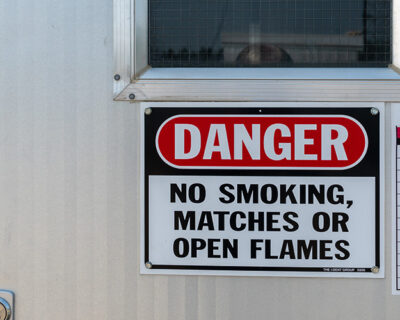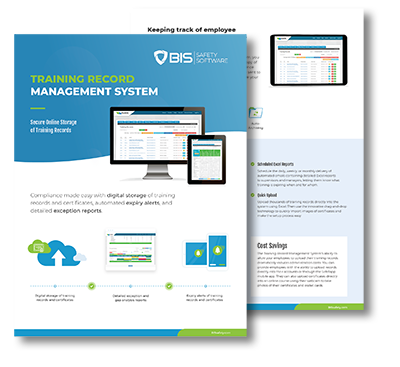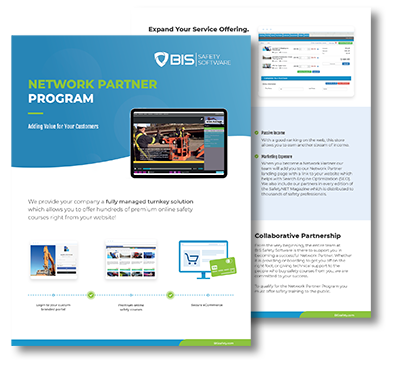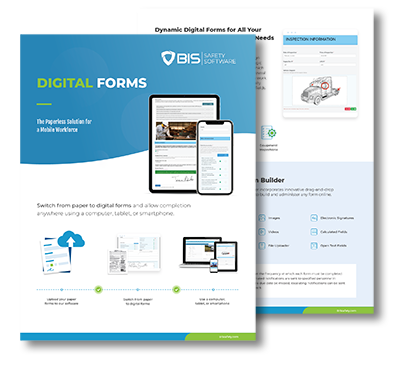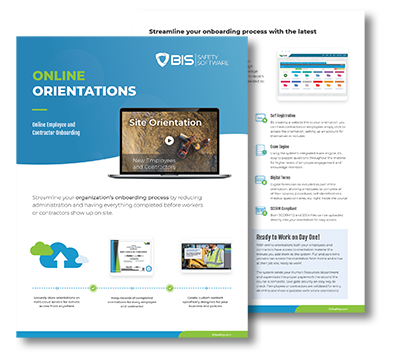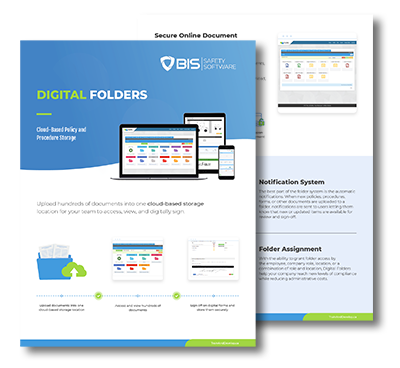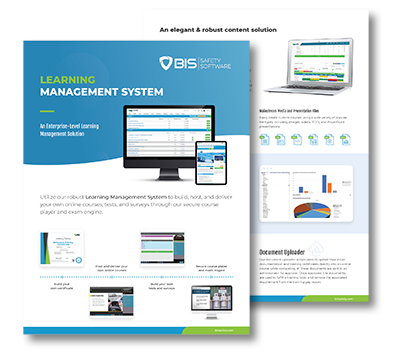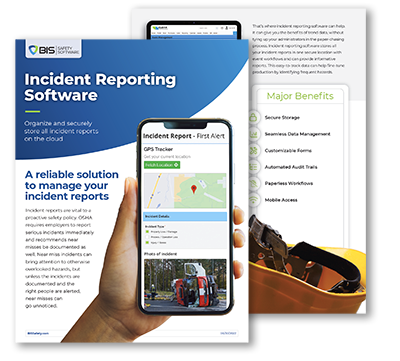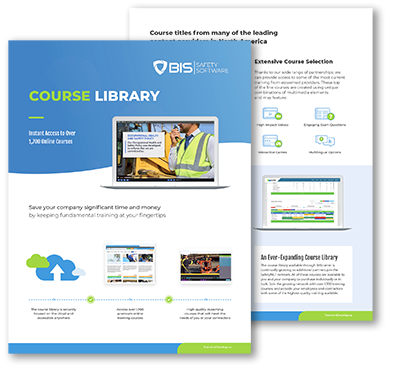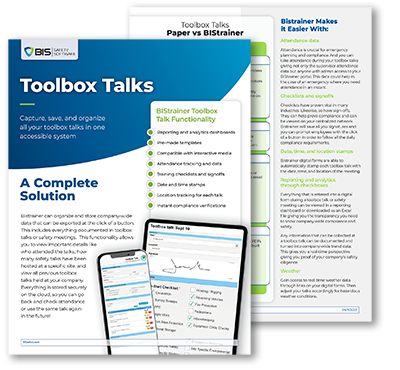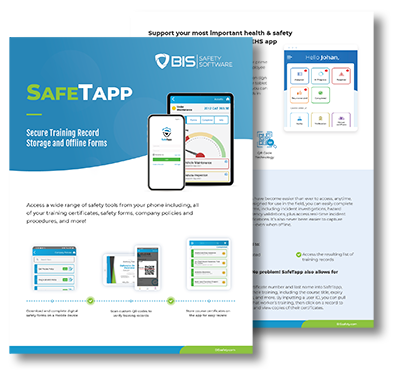Courses

Course details
Personal Protective Equipment (Bundle)
Course Overview
This is a ten part training course, part one introduces training suite on personal protective equipment (PPE). Head injuries can turn fatal. Therefore, it is important to be aware of potential hazards and always wear the proper head protection. Part two presents head protection basics guiding you on selecting the right class of protection. You increase your risk of eye and face injuries when you do not wear personal protective equipment (PPE) or select the right kind of protection for the potential hazards you may encounter at work. Part three with help you learn how to select hazard-specific eye and face protection. When engineering, work practice or administrative controls do not eliminate hand and arm hazards, you must wear the appropriate type of protection. Portion four of the Personal Protective Equipment (PPE) training suite helps you guard against hand and arm injuries. Body protection is available to protect you against specific hazards. Learn more about hazard-specific body protection in portion five of the Personal Protective Equipment (PPE) training suite.
How would your job change if you had a foot injury? Does it not make sense to wear foot protection when you need it? Part six examines types of foot and leg protection. Protection against excessive noise exposure is the only way to avoid permanent hearing damage. In this course, you will learn about types of hearing protection as well as how to select, wear and maintain hearing protection. Hazardous materials can enter your body by ingestion, absorption or inhalation. Proper respirator usage can protect you from inhalation hazards. Learn more about respiratory protection in portion eight of the Personal Protective Equipment (PPE) training suite. When working around electricity, always follow proper safety precautions and choose the right tools for the job. This includes wearing the right type of personal protective equipment (PPE). This portion nine of the PPE training suite explores the types of electrical protective devices as well as their classes and ratings. When faced with hazards, you must select the appropriate level of protection based on the severity of the hazard. This course examines personal protective equipment (PPE) selection factors and levels of protection.
Topics Covered
This course takes approximately 100 minutes to complete
A passing grade of 80% or higher required. Up to 3 attempts are provided.
A certificate will be provided upon the successful completion of this course
Related projects
Comprehensive Safety and Compliance Solutions
BIS Safety Software offers a suite of tools to streamline safety and compliance across industries, including:
- EHS Software: Simplifies environmental, health, and safety processes.
- Safety Management System: Provides tools for incident reporting, audits, and compliance tracking.
- Learning Management System (LMS): Supports training and development with online courses and tracking.
- Equipment Management Software: Monitors and maintains vital assets.
Additional solutions include:
- Online Orientations for onboarding,
- Field Assessments for hazard management,
- Competency Assessments to ensure skill validation,
- Pre-trip Inspection Software for vehicle checks, and
- Site Inspection Software for job site monitoring.
Discover how BIS Safety Software can support your safety and compliance goals.


